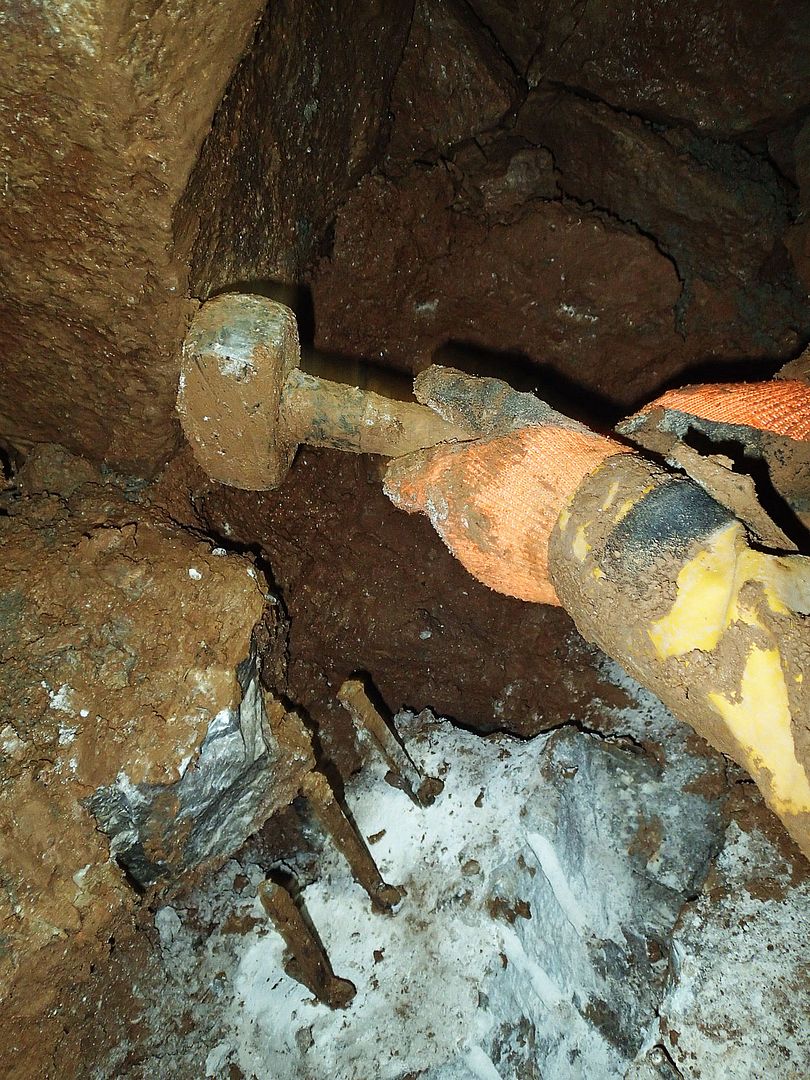Pitlamp
Well-known member
For anyone who wants a bit of inspiration re what plugs & feathers can achieve, this short video is worth a watch:
https://www.youtube.com/watch?v=cBMcMGBhUVk
He mentions seeing water running out at each end of the rock when it starts to crack. I think he must have poured some water in the holes before starting the split. In this way he was able to monitor the progression of the crack.
(Obviously to do this the holes need to be far deeper than the length of the plugs & feathers.)
https://www.youtube.com/watch?v=cBMcMGBhUVk
He mentions seeing water running out at each end of the rock when it starts to crack. I think he must have poured some water in the holes before starting the split. In this way he was able to monitor the progression of the crack.
(Obviously to do this the holes need to be far deeper than the length of the plugs & feathers.)




